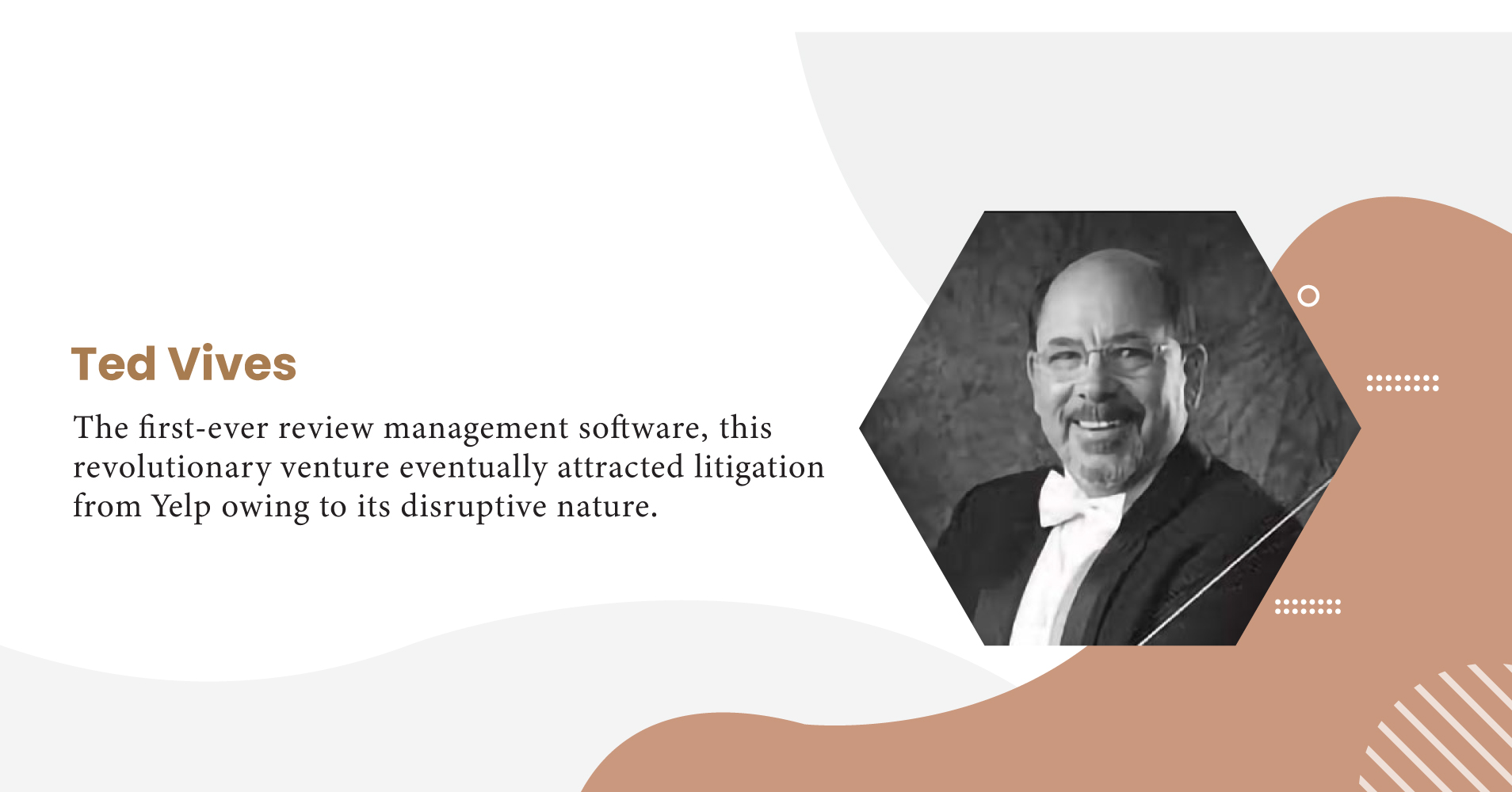
Costumes are more than just clothing; they are portals to different worlds and windows into the imagination. Whether it’s the elaborate attire of a fantastical character or the meticulous recreation of historical garments, costume creation is an art form that weaves magic into fabric. In exploring the world of costume design and creation, we’ll delve into the creativity, craftsmanship, and passion of stitching fantasy into reality.
The Artistry of Costume Design
Costume design is an integral aspect of storytelling in various media, including film, theater, cosplay, and everyday fashion. It is the visual language that communicates a character’s personality, era, and narrative arc. A well-designed costume can transport an audience to a different time or place, evoke emotions, and bring fictional characters to life.
The Role of a Costume Designer
Behind every memorable costume is a skilled designer, often called the “invisible storyteller.” These artists collaborate closely with directors, actors, and production teams to create costumes that enhance visual storytelling. The role of a costume designer involves the following:
Character Analysis: Costume designers dive deep into the characters’ backgrounds, motivations, and relationships to inform their costume choices. Each garment must reflect the character’s personality, status, and journey.
Historical Research: For period pieces, designers immerse themselves in historical research to ensure accuracy and authenticity. Every detail, from fabrics to construction techniques, must align with the chosen era.
Concept Development: Costume designers work with directors and production teams to develop the overall visual concept of a project. They consider color palettes, themes, and aesthetics that will shape the costume design.
Fabric Selection: Choosing the suitable fabrics is crucial. Costume designers must consider fabrics’ look, feel, and durability to ensure they serve the characters and the story.
Sketching and Rendering: Designers create sketches and renderings to illustrate their costume concepts. These drawings serve as blueprints for the costume construction.
Collaboration: Collaboration is critical in the costume design process. Designers work closely with costume makers, tailors, and other artisans to bring their visions to life.
The Craftsmanship of Costume Creation
Costume creation is where the magic truly happens. The meticulous craftsmanship involved in transforming designs into tangible garments is awe-inspiring. This process includes:
Pattern Making: Pattern makers create templates for each piece of the costume. These patterns determine how the fabric will be cut and assembled.
Sewing and Construction: Skilled sewists, tailors, and costume makers bring the patterns to life. They cut, sew, and assemble the costume components, paying meticulous attention to detail.
Dyeing and Painting: In some cases, fabrics may need custom coloring or painting to achieve the desired look. This can involve techniques like fabric dyeing, distressing, and hand-painting.
Embellishments: Many costumes feature intricate embellishments, such as embroidery, beadwork, sequins, and appliqué. These details require specialized skills and a keen eye for aesthetics.
Fittings and Alterations: Costume fittings are essential to ensure that garments fit the actors perfectly. Alterations are made as needed to guarantee comfort and mobility.
Accessories and Props: Costumes are often completed with accessories like hats, jewelry, and footwear. Props, such as wands or swords, may also be designed to complement the ensemble.
The Magic of Cosplay
Costume creation extends beyond professional theater and film; it has also found a passionate following in cosplay. Cosplayers, short for “costume players,” create and wear costumes inspired by their favorite characters from movies, TV shows, video games, comics, and more.
Cosplay is a labor of love, where enthusiasts immerse themselves in the characters they portray. Many cosplayers craft their costumes by hand, often spending months perfecting every detail. Cosplay conventions and gatherings provide a space for fans to showcase their creations and connect with like-minded enthusiasts.
The Transformative Power of Costumes
Costumes have a profound impact on actors and performers. Donning a well-crafted costume can help actors inhabit their characters, facilitating the transformation into someone entirely different. The costume’s weight, texture, and style influence how an actor moves and carries themselves on stage or screen, enhancing their ability to convey a character’s emotions and motivations.
Costume Preservation and Restoration
Once a costume has served its purpose in a production or event, it may require preservation or restoration to ensure its longevity. Preservation involves proper storage and maintenance to prevent deterioration, while restoration involves repairing and rejuvenating costumes that have experienced wear and tear.
Costume museums and archives play a vital role in preserving the history of costume design. They house a vast collection of costumes from various eras, providing invaluable resources for researchers, historians, and designers seeking inspiration.
Costume creation is a magical journey that combines artistry, craftsmanship, and storytelling. Whether transporting audiences to fantastical realms on stage or screen or allowing cosplayers to embody their beloved characters, costumes have the power to captivate and inspire. Behind every iconic costume is a team of passionate professionals and enthusiasts who bring dreams to life, one stitch at a time. As we continue celebrating the art of costume design and creation, we may always appreciate the magic and wonder it adds to our world.